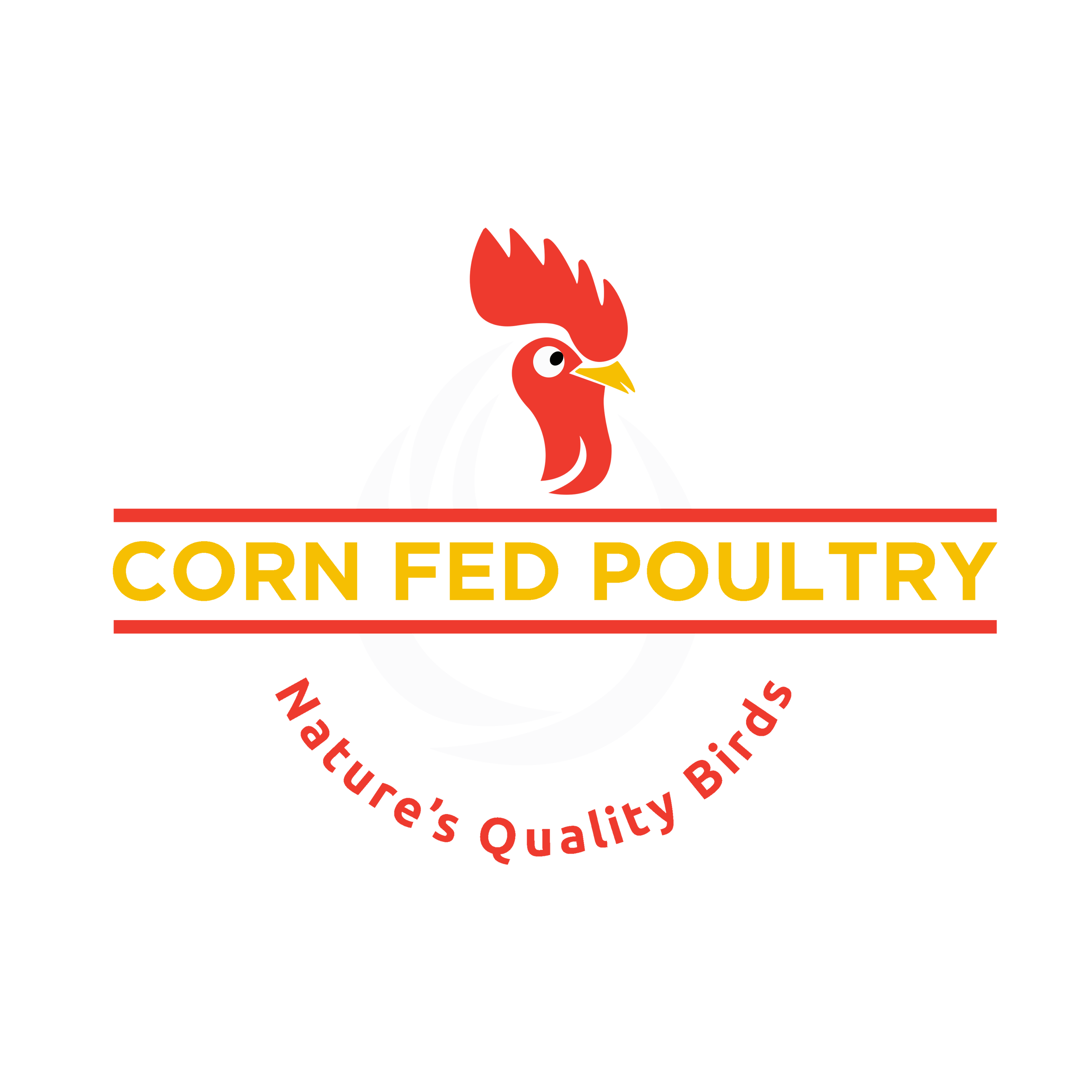Many farmers have lost their poultry investment due to the high mortality that comes from pecking. In more detail, pecking occurs when one or more birds start to pull/peck at the feathers of another bird. This phenomenon can lead to cannibalism amongst your birds.
Moreover, let us dive into the main factors that may cause pecking:
- External Parasites
Parasites like mites can concentrate on the vent and cause irritations. The bird responds by scratching, plucking off its feathers, and pecking itself. Moreover, once birds bleed, others get lured and start pecking at each other.
To prevent this, first confirm if there are no mites on the birds. If there is, apply Dudu on the birds to kill the mites or add rid-of-mites on the feed, to kill mites.
- 2. Calcium Deficiency
The muscles that hold the reproductive system of the vent are strengthened by Calcium, APSA POS CAL. Inadequate calcium will cause weakness of the same muscles. In addition, birds lay but because of the vent, they cannot be held back after laying due to weak muscles.
So as the bird moves around other layers are attracted to peck on the red color of the intestine/ vent that is outside. This will lead to severe bleeding and subsequent death.
Look for signs of calcium deficiency to conclude weak egg shells, more broken eggs, and birds getting paralyzed and unable to stand. Moreover, in this case improving calcium sources in feed, supplementing with liquid calcium and APSA POS CAL will help.
- 3. High Energy Content Of Feed
An excess of maize that you give to the birds is converted into fats. The fat is then deposited around the internal organs, including the reproductive system. This makes the passage of the egg narrow (in the reproductive system), so the bird strains a lot to push out the egg. In addition, this causes prolapse or even damages the reproductive system causing bleeding.
In this case, a farmer must regulate the amount of maize to only the quantity that your birds need. Also, make sure you regulate the amount of the feed too.
- 4. Poor Light Management
During the grower phase make sure full daylight stops in the breeder, and resumes when birds are 17 weeks. Moreover, at this time limit it to 14-16 hours of light i.e. adding more 2-4 hours at night.
When farmers give full daylight during the grower phase, the birds get to lay when their reproductive system is not ready. In short, light stimulates more growth, causing problems like prolapse of the vent when birds are laying. The only trick to avoid this is not to give light beyond 8 weeks of life and to resume light for 14-16 hours when birds are 17 weeks old.
- 5. Design Of Laying Boxes and Placement
If the laying boxes are very open, birds can easily see each other behind so they peck. In addition, dark laying boxes give good privacy to the birds when laying, so others cannot get the chance to peck. It is common that laying boxes are usually placed in dark areas (where there’s not too much light from the sun) to avoid pecking disasters by birds.
- 6. Idleness
An idle bird is a culprit of cannibalism. Since they feel bored, they start pecking at each other.
The solution to this is:
- Proper partitioning of feed, with a higher percentage in the afternoon.
- Remove the poorly grown birds from the big ones.
- Proper break trimming of the birds
- When constructing poultry houses, don’t allow any light rays to strike directly into the poultry house. Constructing in the east-west orientation can avoid that.


